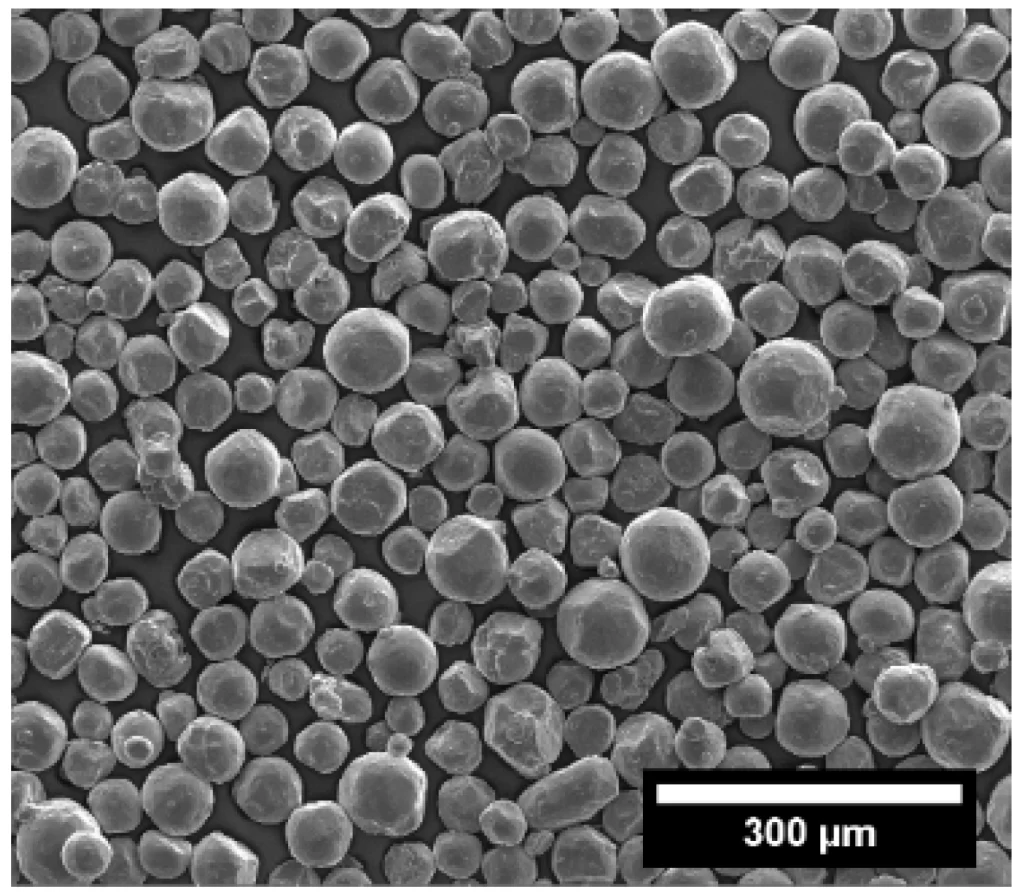High-end powders that require surface modification are mainly inorganic powders and ultrafine powders. Here are specific examples and why:

Inorganic powder
Porous silica and silica powder are inorganic powders. They can increase their surface hydroxyl through surface modification. This enhances the hydration effect of the powder. It enhances their strength and is compatible with composites. Additionally, changing the surface of inorganic powders can enhance their shine. It can also enhance their appearance and make them more discreet. It can also enhance their color retention and weather resistance.
Ultrafine powder
Ultrafine powder has a small size and high surface energy. It tends to become clumped. So, we need to modify its surface to prevent clumping and add new functions. These functions include hydrophilicity or lipophilicity. For instance, in cosmetics, powders must have their catalytic activity blocked. They must also acquire the necessary functionality.
Metal powder
We can alter the surfaces. This will extend the lifespan and enhance the performance of metal powder. This will aid us in producing metal powders with improved performance.
Modifying the powder surface involves physical, chemical, or mechanical methods. These methods alter the physical and chemical properties of the powder. They do this to meet specific application requirements.
For example, microwaves and plasma can penetrate the surface of porous silica. These forces include extrusion, impact, shear, and friction. They can distribute the modifier equally. They spread it on the surface of the powder.
In conclusion, high-end powders necessitate surface modification. They include inorganic powders, ultrafine powders, and metal powders. Modification is primarily aimed at enhancing the performance of the powder. This will enhance its functionality and compatibility with other substances. Capacity.
